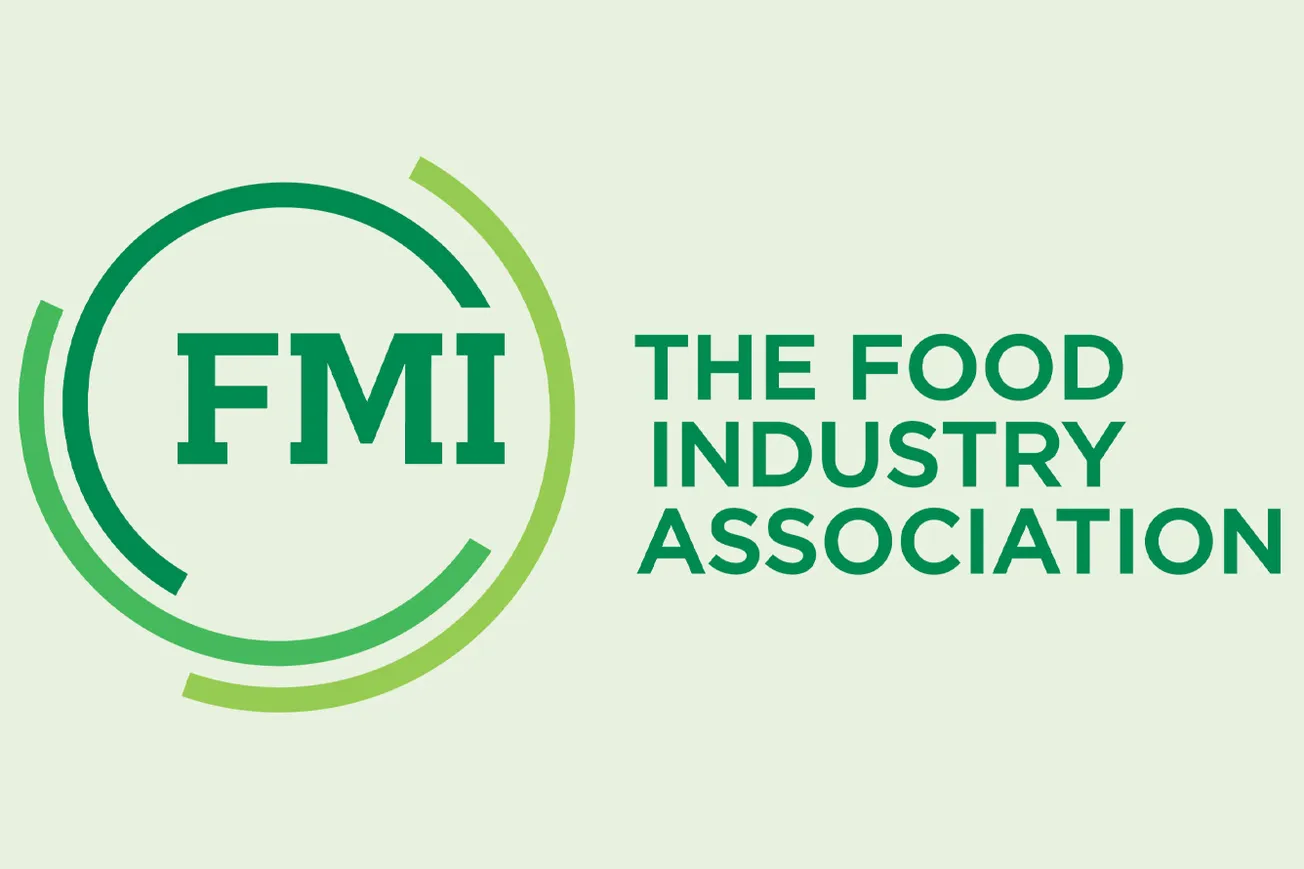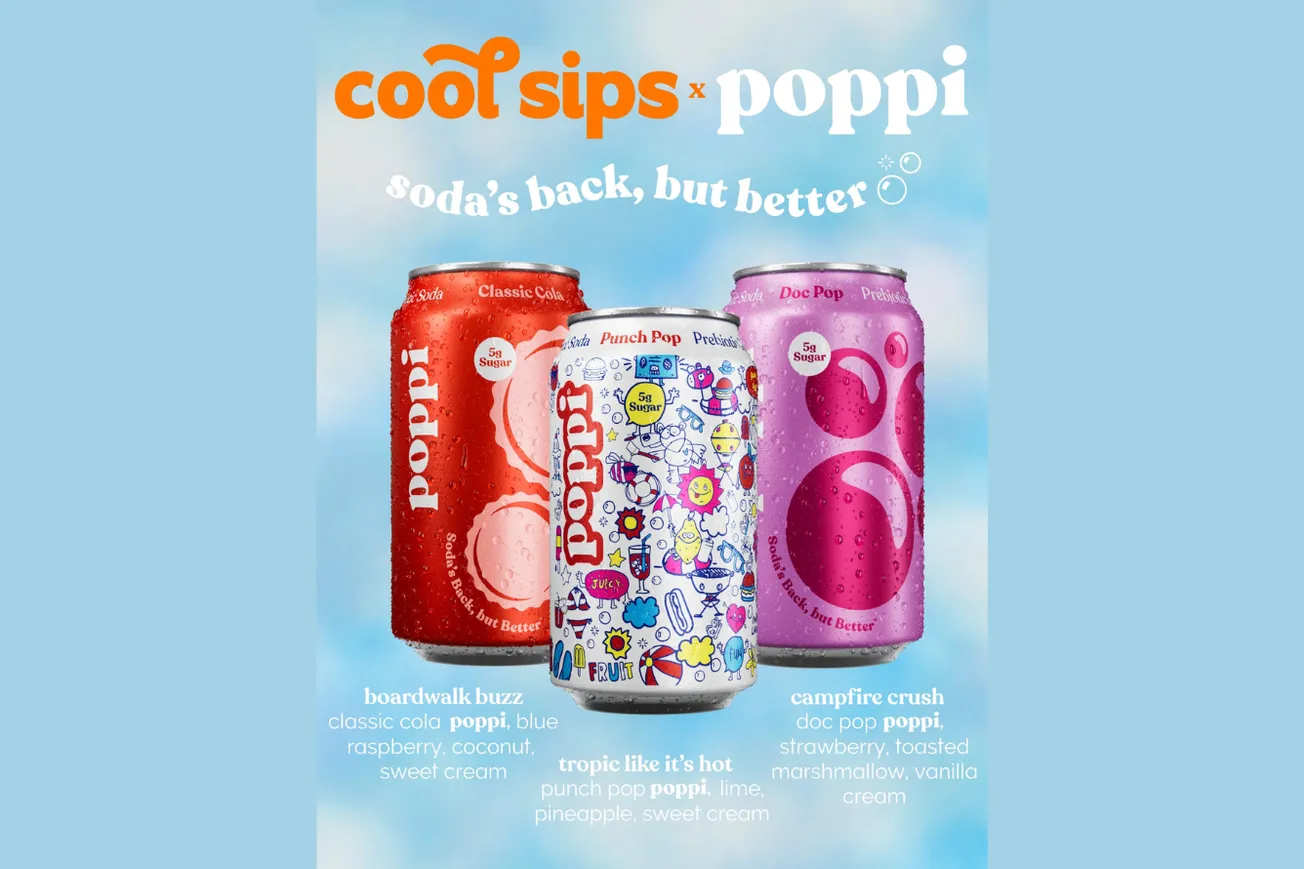Keeping up with today’s consumers can be all consuming. The consumer packaged goods industry is at this critical turning point. The established players are being forced to listen, as owning and selling a big global brand no longer guarantees survival.
 The rise of plant-based, lactose-free, vegan-friendly, “clean,” natural and organic products is testament to the power consumers have today, which is influencing the trajectory of CPG companies and the products they develop and sell.
The rise of plant-based, lactose-free, vegan-friendly, “clean,” natural and organic products is testament to the power consumers have today, which is influencing the trajectory of CPG companies and the products they develop and sell.
What’s more, a host of digitally born disruptors are here to give them what they want. These smaller players aren’t playing by the conventional rules — and they’re outperforming their traditional counterparts in generating growth.
In the face of extreme competition, creating relevance and consumer appeal is now critical to stimulate new growth, and it’s coming in many forms as companies go to great lengths to drive competitiveness.
Companies operating across the CPG industry must continue to get closer to their customers to better anticipate their needs and cut the ties with those that prevent them from operating with greater speed and agility. It means putting the individual consumer front and center in their business strategies — all the way from product innovation to point of sale and beyond — to deliver relevance at scale.
That’s something that lots of brands are still struggling to do right now. The larger CPG companies have had to cut costs to compete, at the expense of innovating and disrupting, by understanding and adapting to changing consumer demands and expectations.
The successful companies of the future will be those that have a clear focus on doing the small things brilliantly, focusing on meeting consumer needs in the moment and bringing it all together to deliver better and more convenient customer experiences. To do so, they will become faster, more agile, and deliver relevant products, services and experiences that can be scaled and adapted around consumer and employee needs as they emerge.
Chobani does this well. The yogurt company created highly relevant Web content and almost single-handedly made baking with yogurt a “thing” by promoting recipes across its distribution channels. This creates a shared sense of brand community where customers were invited to be active participants by sharing feedback and ideas and yogurt recipes of their own.
The fact is, CPG companies can begin to compete by developing superior products, more relevant services and more personalized experiences to drive growth, while keeping a careful eye on costs. However, there is a balance to strike. On the one hand, they need to keep current operations ticking and deliver on the near-term expectations of the stakeholders. But it’s also critical to start painting a vision of the future and then use it to frame the transformational path required to take the current business from where it is today to where it needs to be tomorrow.
Understanding the challenge that lies ahead is only one part of the puzzle. Injecting competitive agility has implications for the skills needed to drive growth by delivering relevance at scale for a marketplace of millions of individuals. Accenture Research backs this up, with just over half (51%) of CPG executives saying their workforce lacks the skills to drive growth and agility.
And they understand the need to move from work that is currently “activity focused” to work that is “outcome focused,” something they expect to decrease from 43% to 27% in the next three years.
It means reimagining business models, processes and people to enable new ways of working and new operating models using the latest platforms and technology. Indeed, the rise of game changers such as craft ale, streaming video services and ride-sharing platforms demonstrates that growth is possible for consumer propositions that are truly relevant.
Just look at Voodoo’s recent renovation of its production processes. The French gaming company combined 3D printing, robotics and custom software to create an agile, iterative design and production system. In contrast to traditional production lines, Voodoo was able to respond to the fidget spinner trend two months before Chinese manufacturers entered the market.
So, how can CPG companies balance cost and growth? There are five key strategies they can adopt. Together, these offer a crucial North Star, guiding the path to building an intelligent enterprise to help drive growth.
• Operating model: Operationalizing change requires a fundamental realignment of the operating model. This entails running two parallel organizations that each have specific governance, talent and success metrics. One is grounded in scale, and it keeps the mega-brands running. The other is grounded in flexibility, and it launches, scales and retires the new, smaller brands.
• Processes: Use data and sophisticated customer analytics to strengthen relationships and meet consumer needs for relevance by delivering something that’s “just right” for each individual consumer in each moment — from solely using data to keep brands profitable to using it to curate messages, pricing and promotions to engage directly with people.
• Technology: Use advancing technology innovations to radically change ways of working. Reduce operating costs and free people to focus on creative and strategic tasks.
• People: All levels of the organization need learning opportunities to develop key skills that support agility and growth. Drawing on the broader ecosystem of partners, suppliers and retailers can help provide hard-to-get or short-term skill requirements.
• Culture: The imperative for leaders is to create and sustain a culture that puts consumers front and center in the growth strategy.
Laura Gurski is senior managing director and global lead for Consumer Goods and Services at Accenture.





